Timber Frame Houses – Advantages Packed Under A Single Roof
Romanians like wood, but as a structural material of family homes. As a consequence, timber frame houses are not really the first option they consider when looking to build or buy a house. But things are slowly changing, specialists on the market have told us, as Romanians manifest more openness towards new and quality. “A wood house tells a story”, is the very synthesis of the advantages that come with a timber frame house made by Costi Zarnescu, sales manager at EcoKit, a company specialized in building this type of houses.
Who to choose such a home is the natural question. “The main advantage is the energy efficiency. The heating bill is about 40 to 50 per cent lower than in the case of traditional brick or AAC block houses. So lower maintenance costs in winter. The second advantage is the relatively small period of construction which is about three times shorter that what a traditional house involves. Less time means less money: he argued. For instance, a two story attic house spreading on 100 square meters takes about 45 days in the factory to produce the timber frame and another 2-3 weeks to effectively build it in the semi-finished stage. A similar turnkey house is ready in at most two months, he added.
Under these circumstances, why are Romanians still wary of timber frame houses? His answer is direct and explicit. “Because we have 50 years of concrete behind us (reference to communism era hectic building system) and hence Romanians’ preference for concrete and brick. Before communism, about 80-90% of our homes were made from wood, but then we hit the concrete”, Costi Zarnescu explained. Another reason, he added, is that about 90 per cent of the wood houses in Romania are built by amateurs. Hence the people’s general reaction to include all the wood houses in the same equation when they have to deal with poorly built houses”, he further argued.
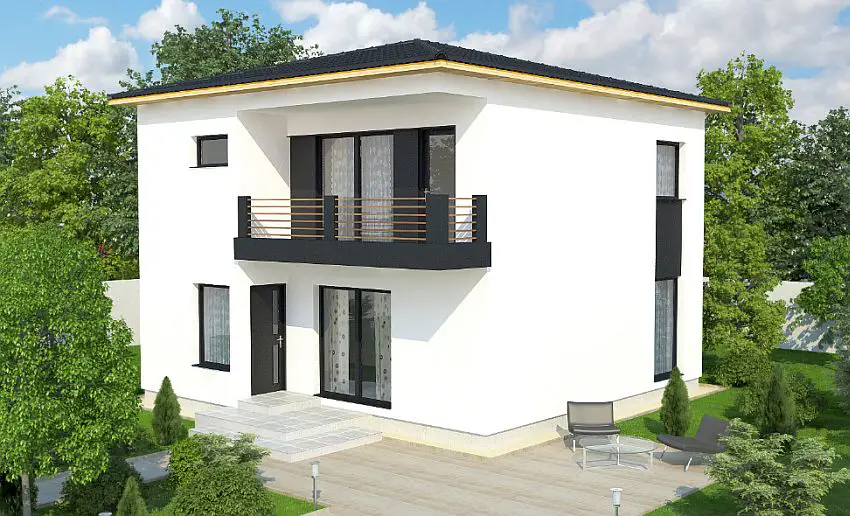
Timber frame houses – different plans, all aesthetic and efficient
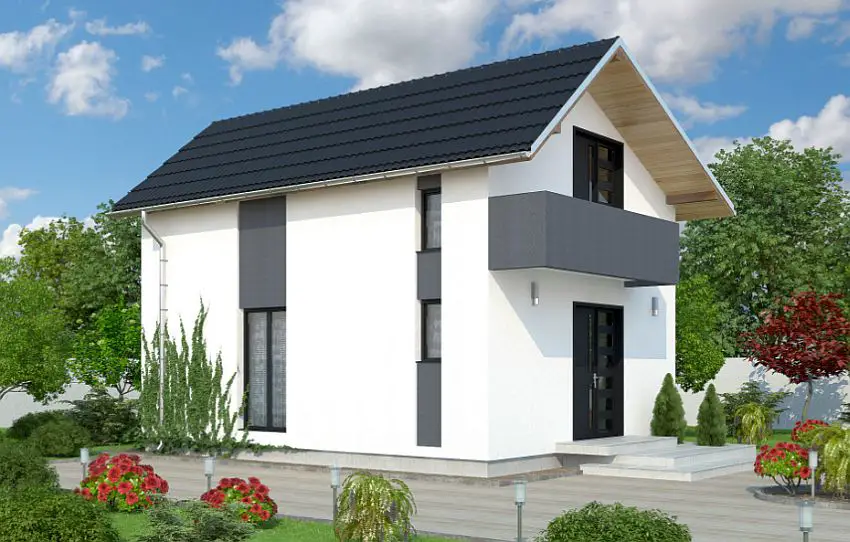
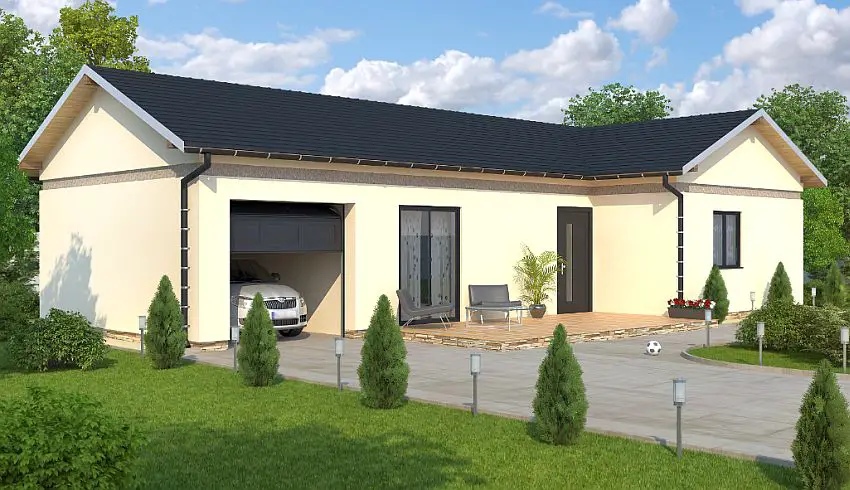
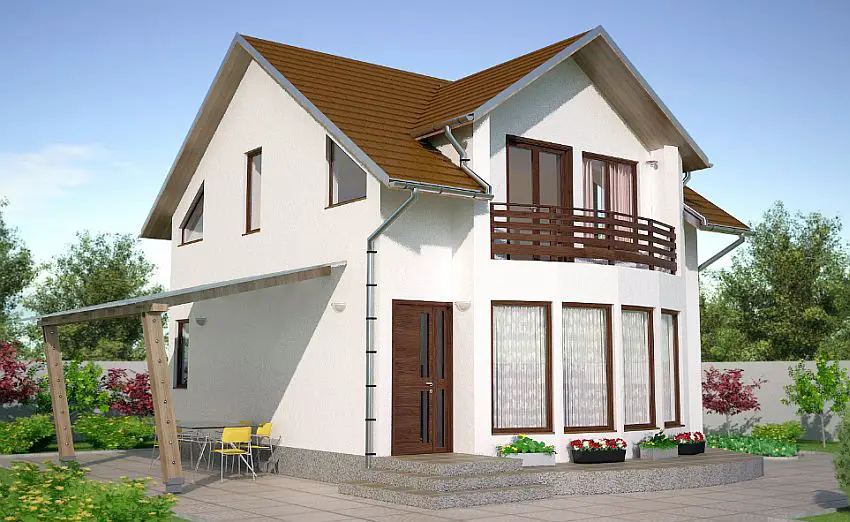
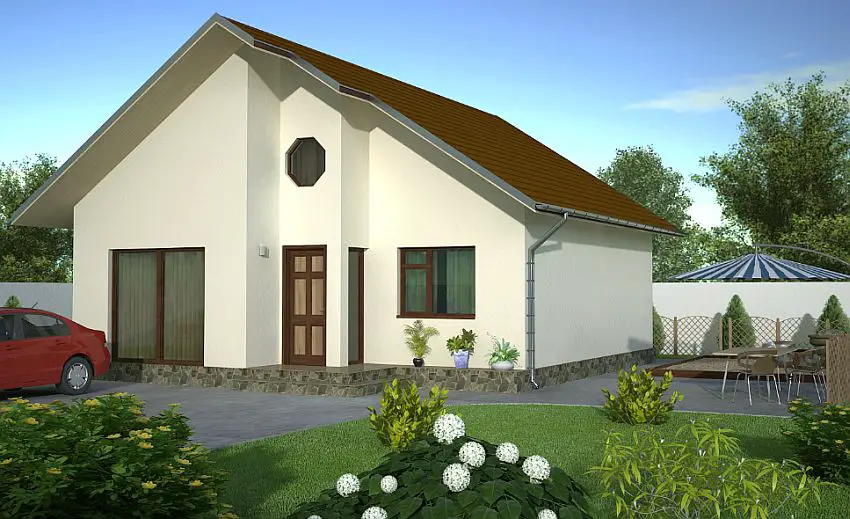
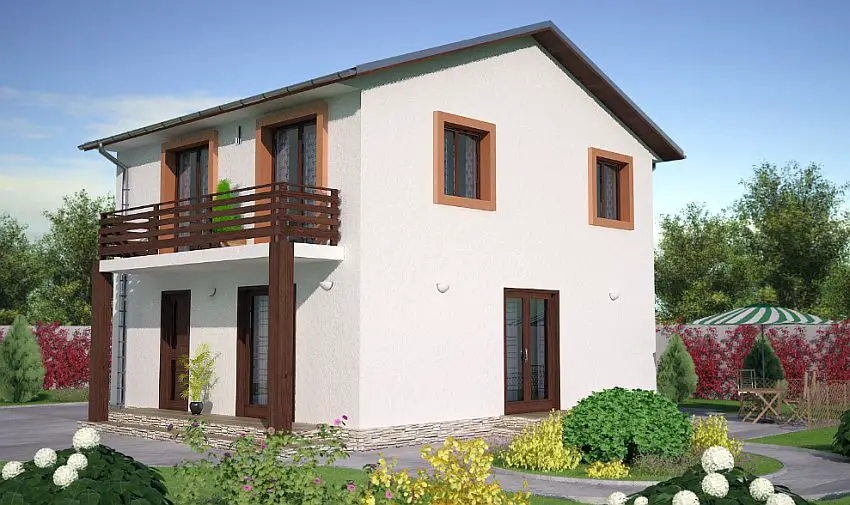
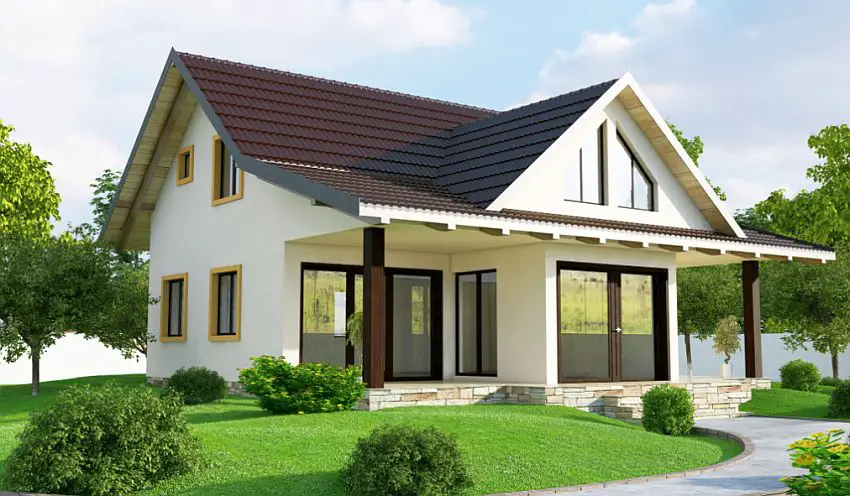
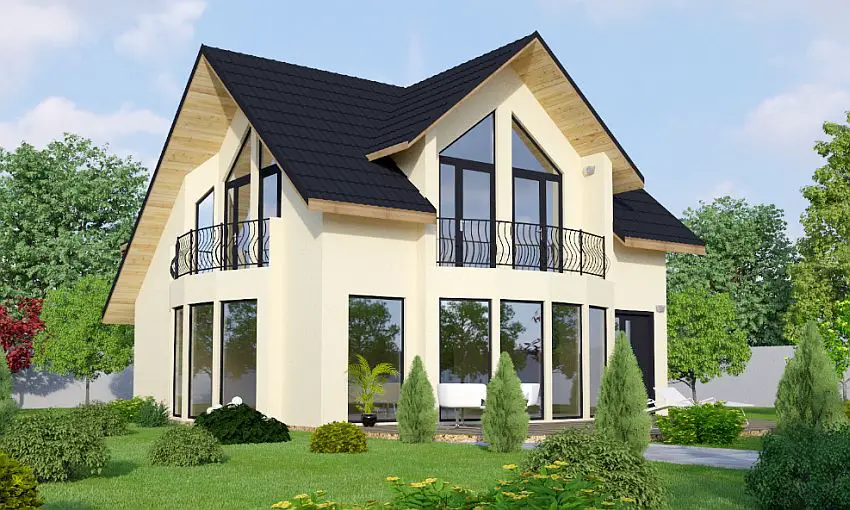
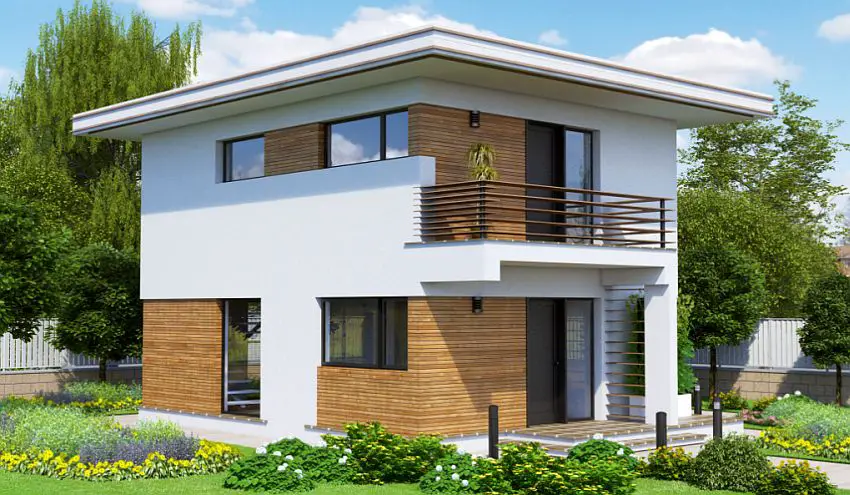
What about the main argument of those wary of these houses, namely a shorter life span compared to traditional houses? “Well, if a short life span means 90-100 years, then they are right. This is the life span of a well-built timber frame house. If they are made by amateurs, then these houses won’t last more than 20 years. This is why I keep insisting on the difference in quality. This is one of the reasons why the market evolves with difficulty, lack of implementation of quality standards. And do not forget that a well-built timber frame house is also very resistant to earthquakes since it is very flexible”, he also pointed out.
Despite the prejudices, the wood house market is evolving in Romania. For instance, the company’s orders for Romanian customers have doubled this year compared to 2015. “The evolution comes from the West and is focused around Bucharest and then around Cluj and Timisoara (central and western Romania), where people travel more, see and study new things. These are people who have a different level of culture, different incomes, but are also more open. EcoKit build about 3-40 houses per year, most of them for Western markets, such as France, Belgium and Switzerland thanks to competitive prices.
We asked details about the prices, since the topic turned up. “In average, a shell house costs about 150 Euros per built square meter +VAT, while a semi-finished stage requires 240 Euros + VAT. As concerns a turnkey house, it sells for 400 Euros + VAT. What is less than that should raise eye brows”, our interlocutor concluded. Here is more information on the prices depending on the type of house.















